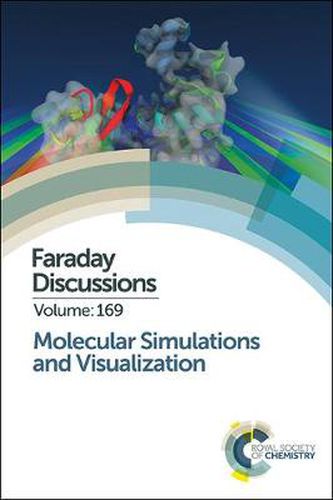Readings Newsletter
Become a Readings Member to make your shopping experience even easier.
Sign in or sign up for free!
You’re not far away from qualifying for FREE standard shipping within Australia
You’ve qualified for FREE standard shipping within Australia
The cart is loading…






Biology, chemistry and materials science make extensive use of computational methods ranging from applications at the cellular level to detailed atomistic simulations of molecular assemblies, materials or small molecules. Many of these computational methods are nowadays routinely used to complement experimental studies. However, despite maturity of this intrinsically multi-disciplinary field, recent progress in the computational sciences has only slowly found its way into numerical simulations. In particular, the enormous potential of immersive and interactive virtual reality approaches, and advanced visual analysis of simulation data, have not been well explored so far. This title aims to illustrate and discuss the potential of human computer interaction and virtual reality for computational molecular sciences for researchers involved in the natural sciences and computational sciences whilst exploring beyond the boundaries of each discipline.
$9.00 standard shipping within Australia
FREE standard shipping within Australia for orders over $100.00
Express & International shipping calculated at checkout
Biology, chemistry and materials science make extensive use of computational methods ranging from applications at the cellular level to detailed atomistic simulations of molecular assemblies, materials or small molecules. Many of these computational methods are nowadays routinely used to complement experimental studies. However, despite maturity of this intrinsically multi-disciplinary field, recent progress in the computational sciences has only slowly found its way into numerical simulations. In particular, the enormous potential of immersive and interactive virtual reality approaches, and advanced visual analysis of simulation data, have not been well explored so far. This title aims to illustrate and discuss the potential of human computer interaction and virtual reality for computational molecular sciences for researchers involved in the natural sciences and computational sciences whilst exploring beyond the boundaries of each discipline.